Virginia Bader, A Collage of Memories of the First Lady of Aviation Art
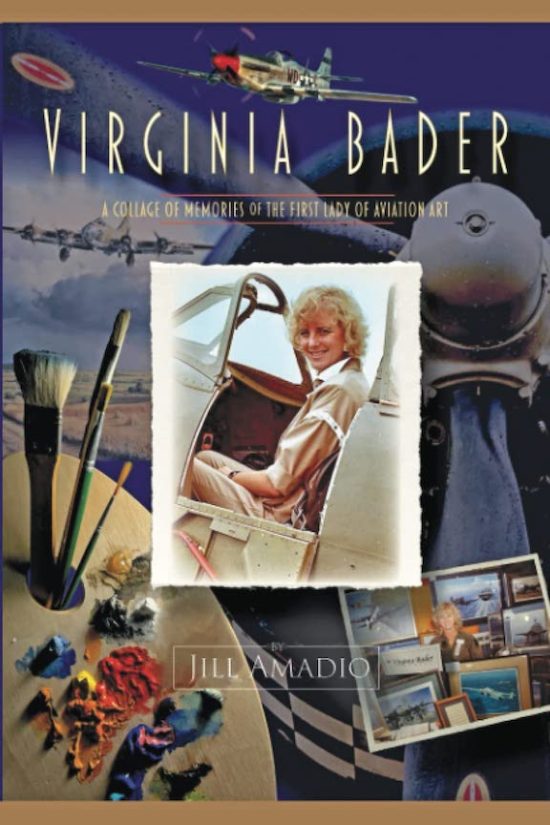 by Jill Amadio
by Jill Amadio
Dubbed by the artists whose work she represented and sold from her galleries—one east in Alexandria, Virginia; the other west in Costa Mesa, California—the “Queen of Aviation Art” or (as the book’s subtitle says) “The First Lady of Aviation Art,” this book is the authorized memoir of Virginia Bader and the Virginia Bader Fine Arts Galleries she established selling exclusively aviation art.
As a terrific article on aviation art in the January 1994 issue of AOPA’s magazine (Aircraft Owners and Pilots Association) written by Alton K. Marsh indicates, “More than 100 galleries offer aviation art around the country. It’s a $10-million-to $15-million-per-year business in the United States.” He adds a bit further on that “Virginia Bader is generally acknowledged by artists, art publishers, and fellow gallery owners as the one who got the aviation art gallery bandwagon—and the signed print trend—rolling. It wasn’t a bandwagon, exactly, more like a Ford Pinto station wagon—with 107,000 miles on it—which served as her first ‘gallery’ and was used to tour [to] air shows in the late 1970s.”
Author Jill Amadio is British-born but has lived in the US for most of her working life as is true of Virginia Bader, her book’s subject. In fact, that shared origin played a hand in the two meeting back in the day and forming a friendship. While Bader’s chosen path was promoting and selling aviation art, Amadio’s involved the written word. She worked and has written for magazine and newspaper publications as well as ghost written over a dozen biographies, her own series of mystery novels, and more. This particular book Amadio self-published because, sadly, its subject passed away prior to its publication.
And therein rests the one real shortcoming of this book aside from it having no index. As you’ve been advised in previous commentaries on this site—make notes as you read of people, art, and events you might want to revisit or find again easily. That one real shortcoming involves the photographs of which there are 63. All are printed black and white which, quite simply, makes the pieces of aviation art go totally flat with none of the drama or attractiveness of the real prints, much less original paintings. Black and white, as shown below, is adequate for images mainly showing and identifying people.
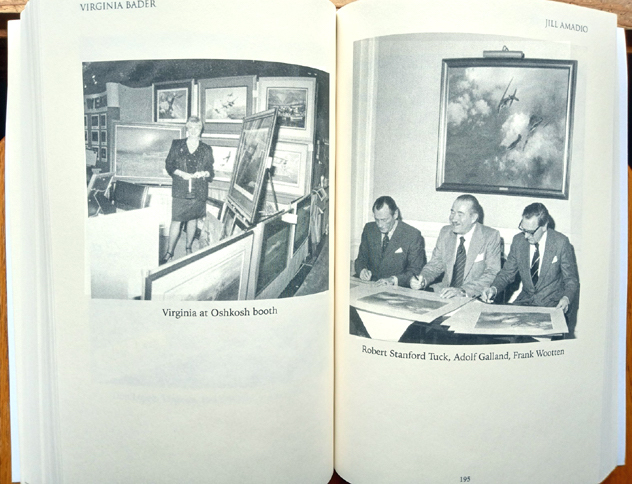
The book’s covers, front and back, give proof to what color and high-resolution digitized files can enable. The covers were created by one of the aviation artists whom Bader represented and of whom Amadio has written several pages in the book citing his remembrances of his career and interfaces with Bader. John Shaw, by name, began his career doing commercial illustration and graphic design “illustrating space ships and aliens for computer games.” It provided a living but, with his heart always in history and aviation, it didn’t take long for him to find his way into creating aviation artwork that today continues to inspire and maintain and sustain him. (See for yourself at JohnShawArt.com)
The above two photos are particularly significant for although the one on the left is undated it is representative of Virginia Bader’s pioneering aviation art efforts by taking the art to the potential customer, the aviation enthusiasts. Her first vendor booth-display at the Experimental Aircraft Association’s (EAA) huge annual fly-in that, in addition to EAA member participants, is attended by still more who come each year just to spectate, was in 1975.
The photo on the facing page shows three very special individuals. Robert Tuck and Adolf Galland were two of the WW II pilots, cordial with one another and respectful of one another even to enjoying exchanging flight remembrances from when they’d been adversaries by virtue of the service for which each had flown, Galland the Luftwaffe, Tuck the RAF. The third man, on far right, is equally special although not a pilot.
Frank A.A. Wootton* your commentator has been familiar with as a respected and accomplished artist of automotive-themed works as well as author of a very special little book published in 1949 titled How to Draw Cars. Wootton (1911–1998) was contemporary with Peter Helck (1893–1988) and Norman Rockwell (1894–1978) each of whom termed themselves illustrators rather than fine artists, definitions and differences between which have been endlessly debated within the art community. Regardless of the descriptor, Wootton was a master not only of automotive but aviation art as well as any other subject/s he chose to paint. That’s his painting of an encounter between Tuck and Galland above them in the photo and it is prints of that painting that the three are signing as all three were huge supporters of Virginia Bader’s efforts from the very first.
Speaking of military aviation pioneers/heroes—is there anyone more renowned for bravery and overcoming adversities and go on to become a wartime ace flying his Spitfire than Douglas Bader? Here’s how that part of the story unfolds on the pages of Amadio’s Virginia Bader memoir. Quoting Virginia she writes: “It came about when Frank Wootten [sic] invited me to lunch at the RAF Club in London. Frank’s other guest was Sir Douglas Bader whom I wanted to meet” followed by “The two hit if off . . . and began comparing notes as to their mutual family name. When Sir Douglas was told Virginia’s father was born in South Africa he told her that he had a cousin in that country . . . by the name of Ernest Bader . . . ’He’s my uncle!’ said Virginia.” Thus aviation war hero Bader (if you don’t already know his history, look it up!) and aviation art maven Bader established their first-cousin-once-removed relationship.
There’s little doubt Virginia Bader was a dynamic personality and, as Amadio’s book clearly portrays her, a motivated and creative woman who accomplished wonderfully for herself and more importantly for the genre of art she promoted as well as the men and women who were the artists. Her memoir drew me in and was read, cover to cover, the very day it arrived.
- *In case you noticed the difference between the commentary and photo caption of the spelling of Wootton’s surname, Amadio acknowledged to your reviewer, “Yes, I spelled it wrong. I’m embarrassed.” hvh
Copyright 2023 Helen V Hutchings, SAH (speedreaders.info)


 RSS Feed - Comments
RSS Feed - Comments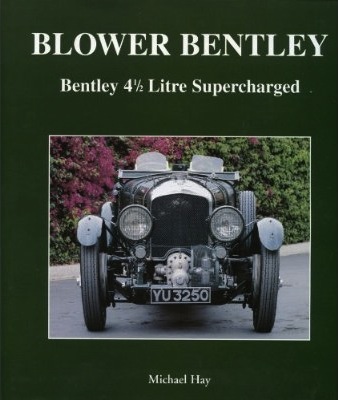
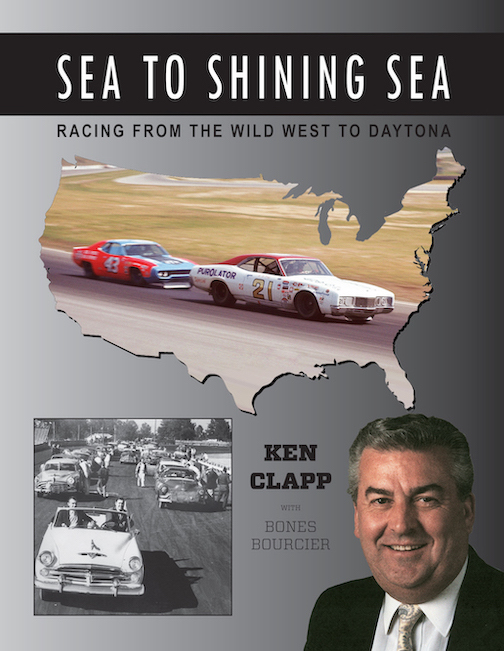

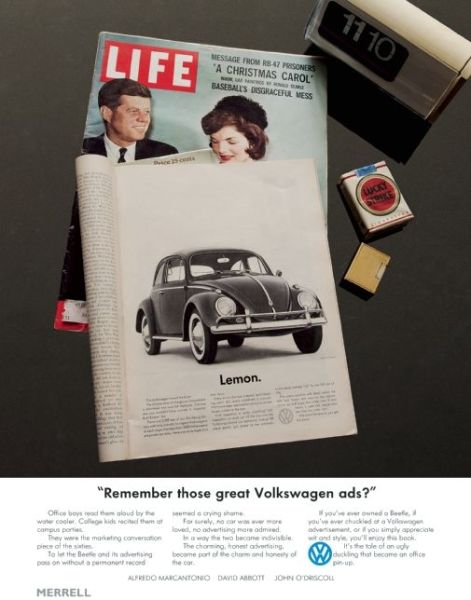
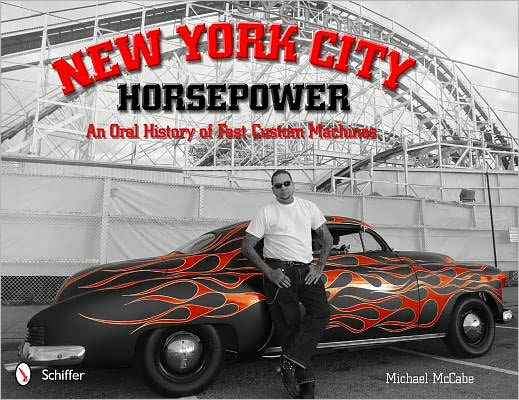
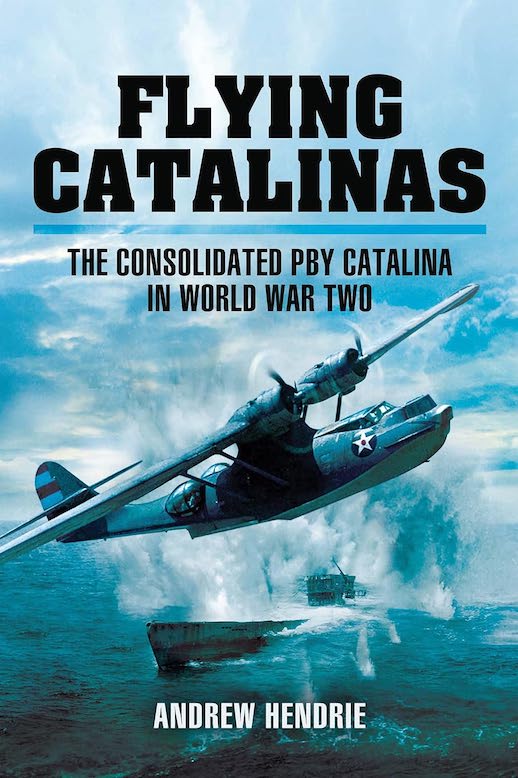
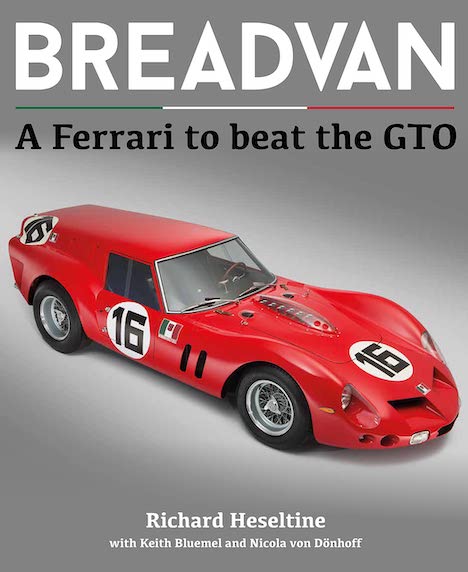
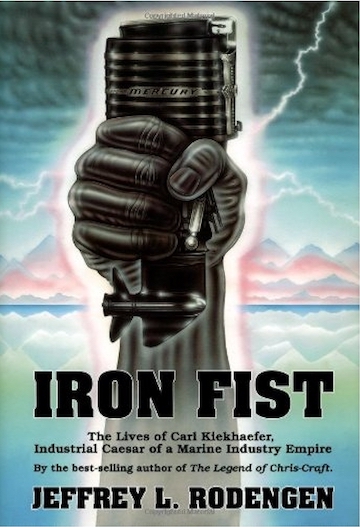
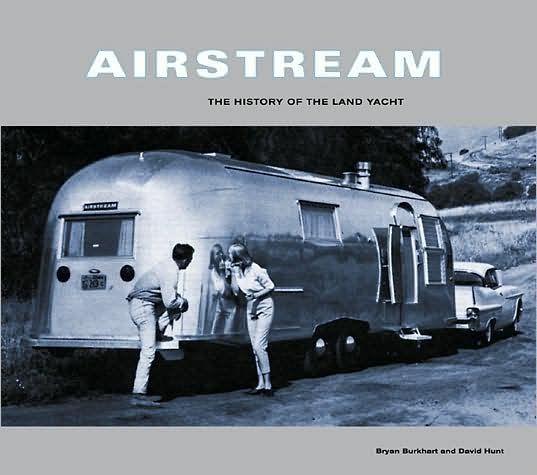

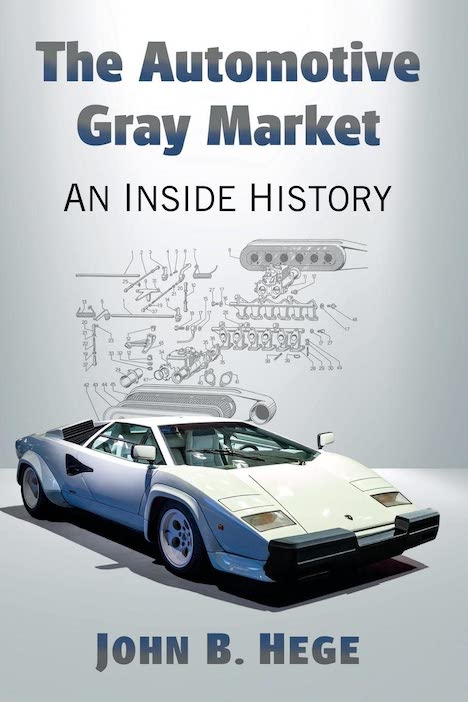
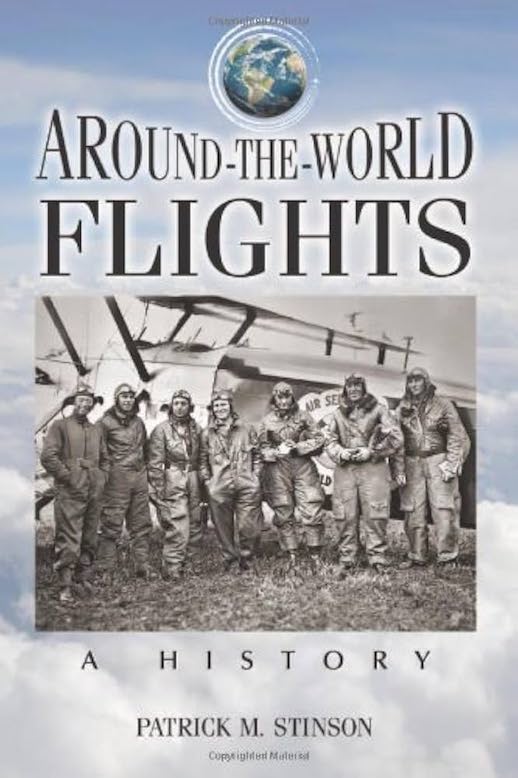
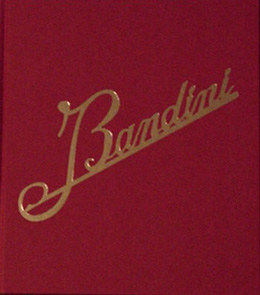
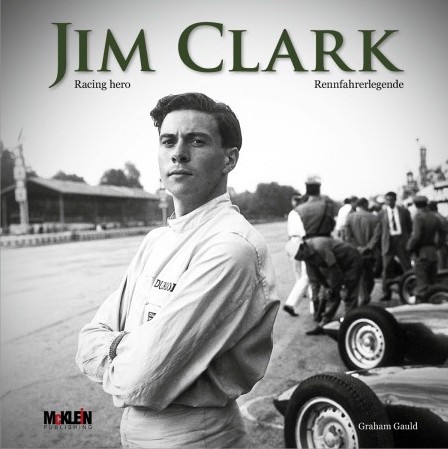
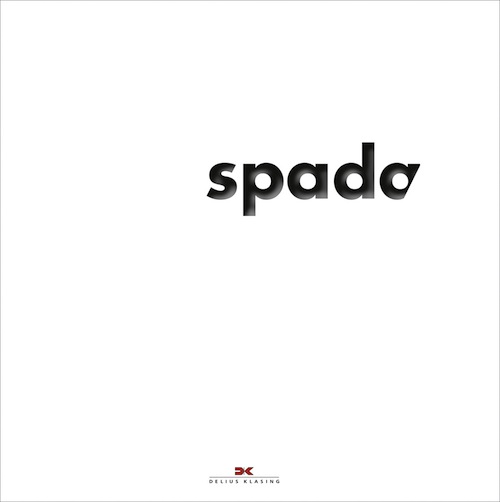
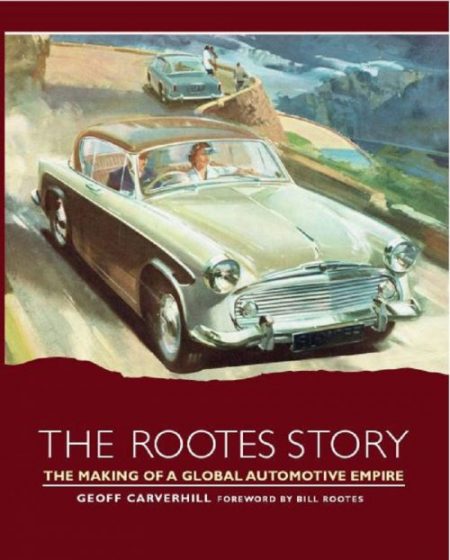


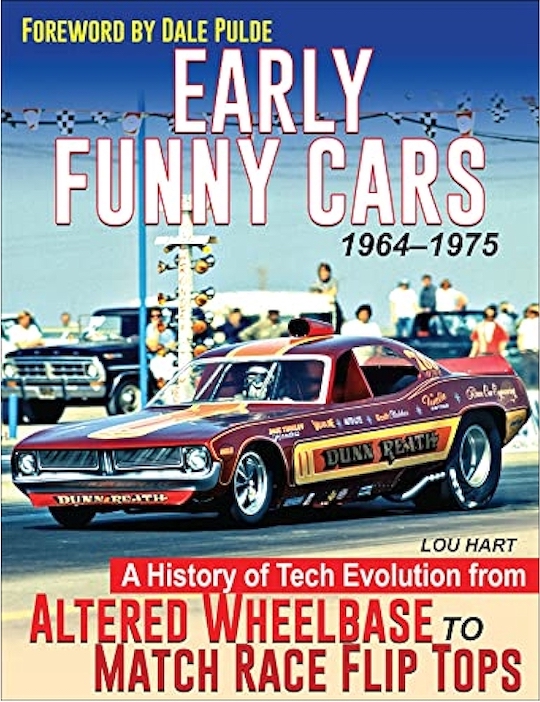
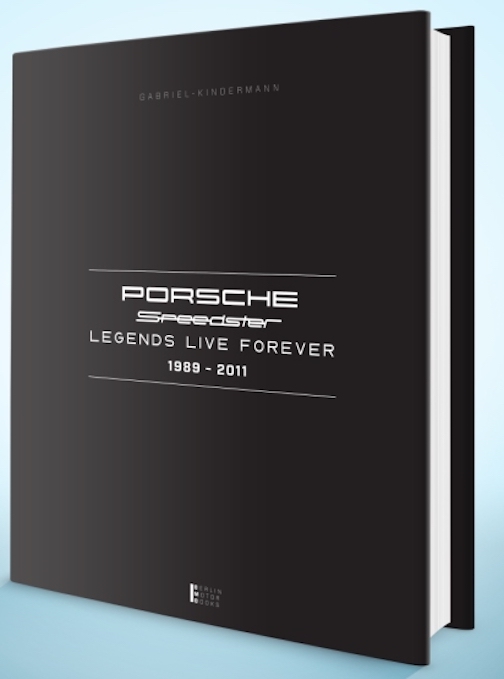
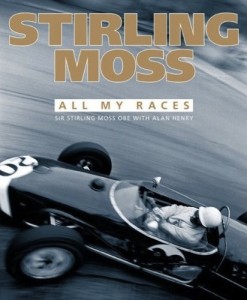
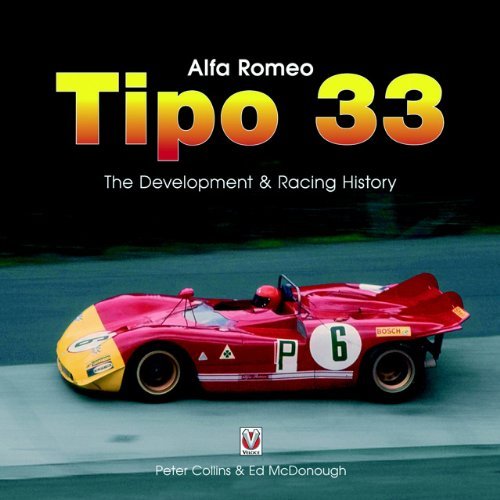
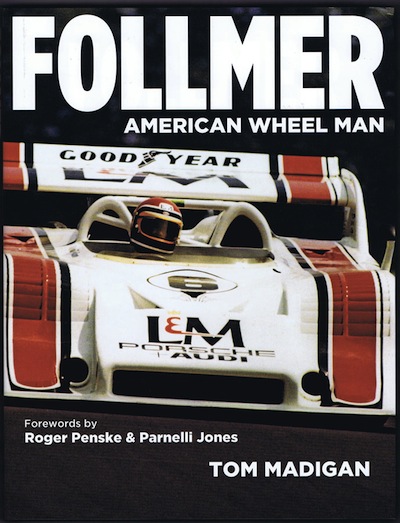
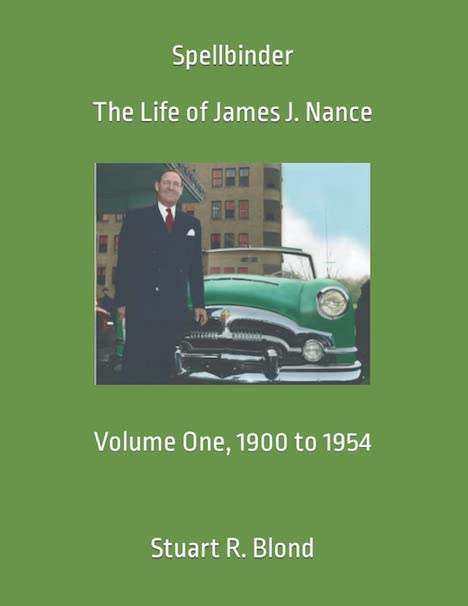

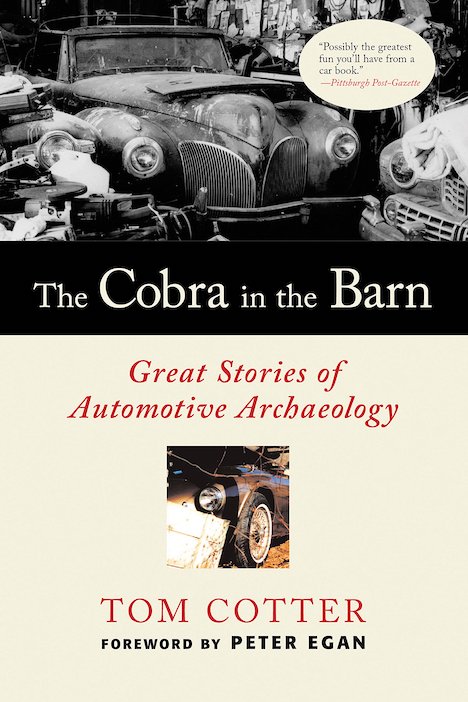

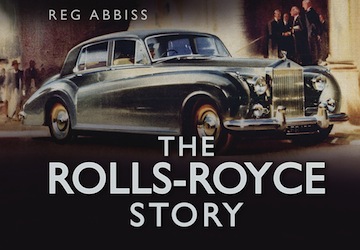
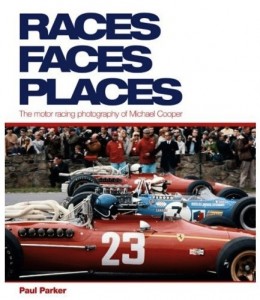
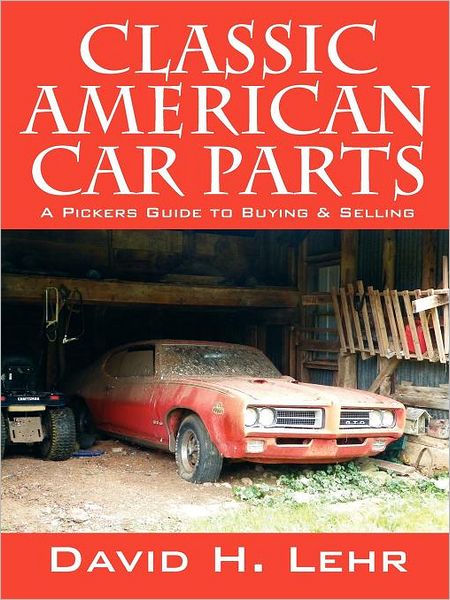
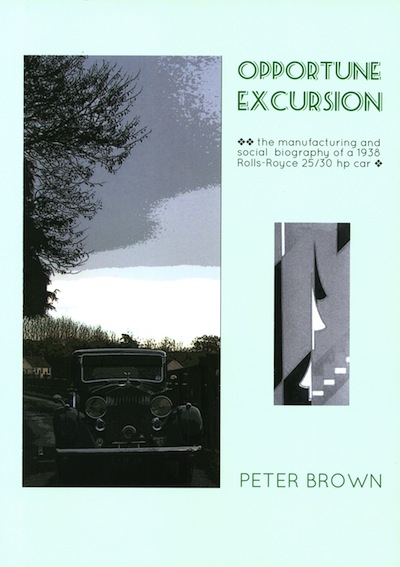
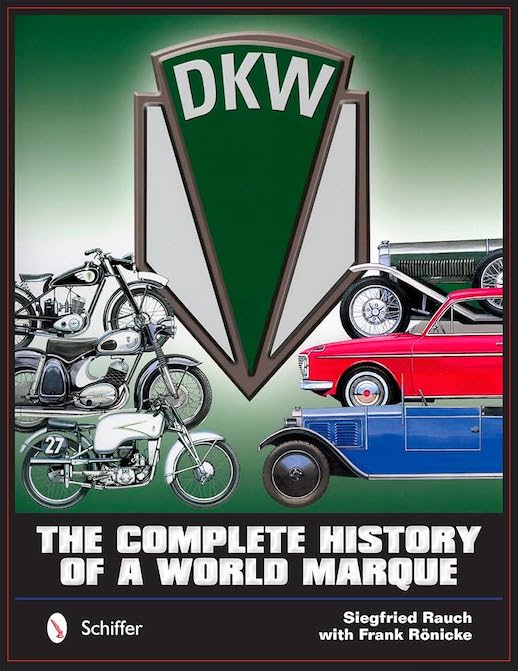


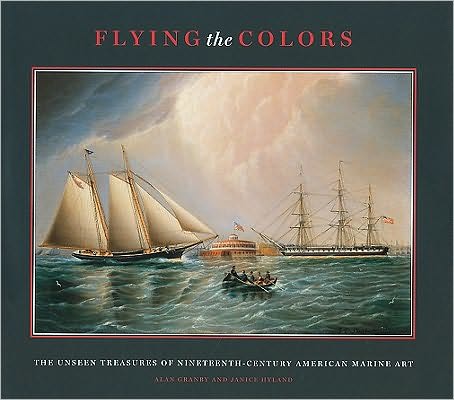
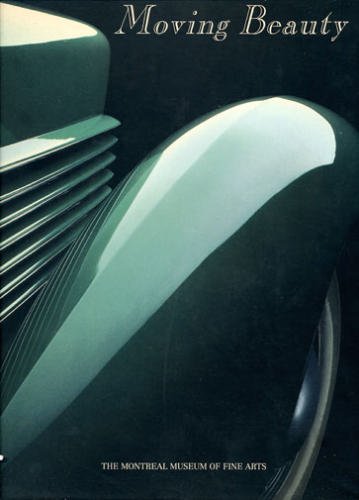
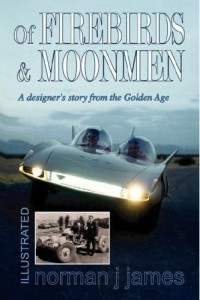
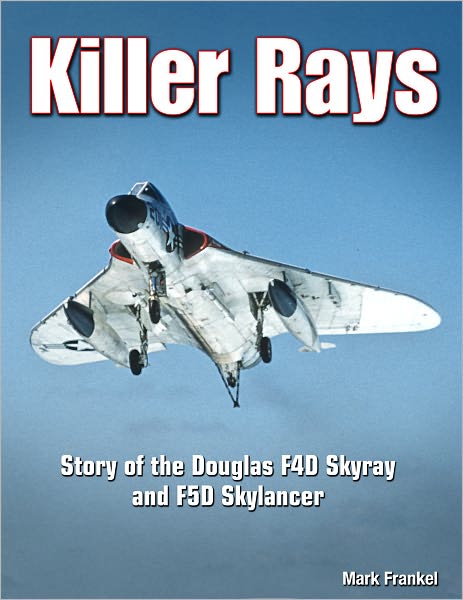

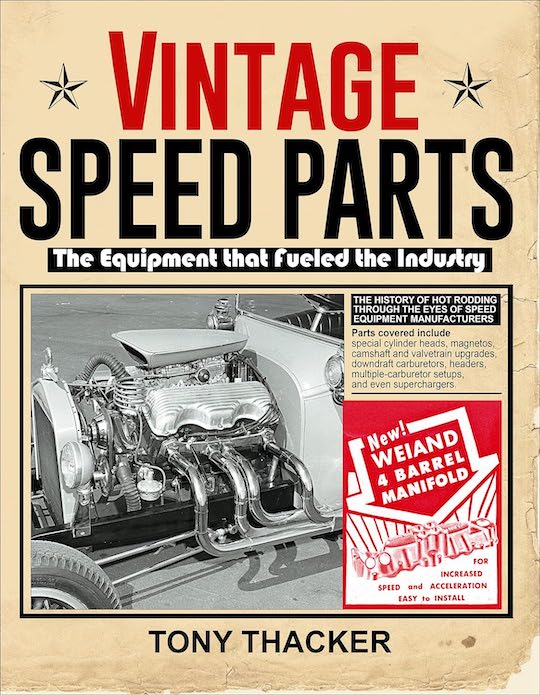
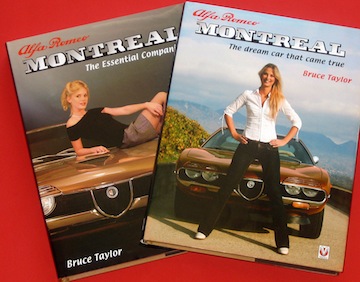
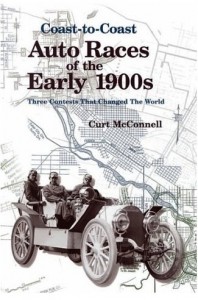
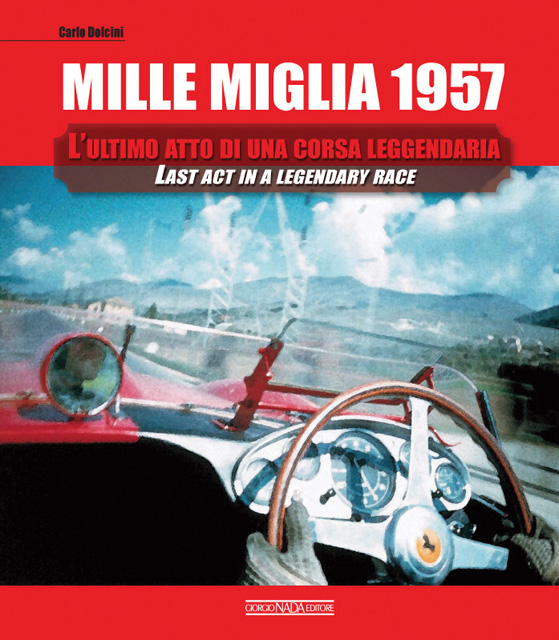

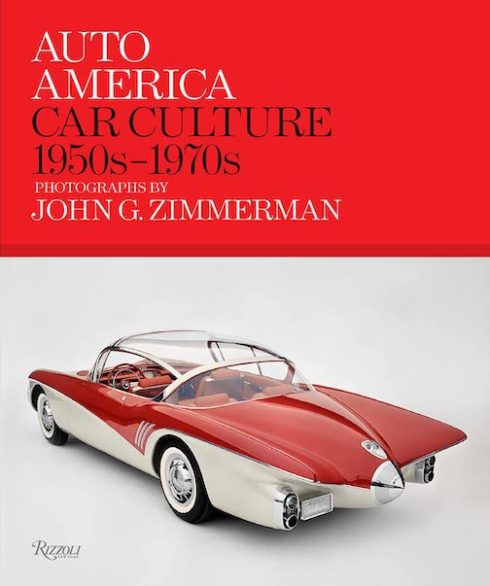

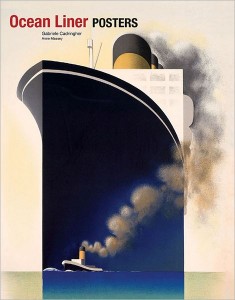
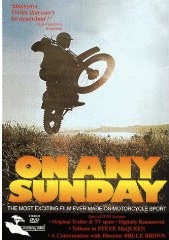

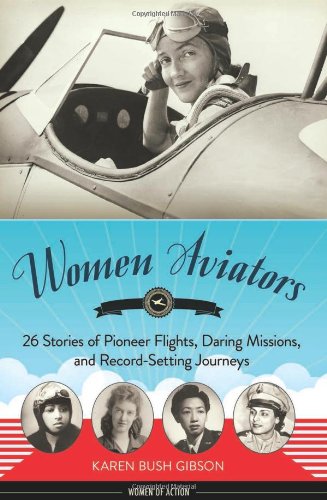
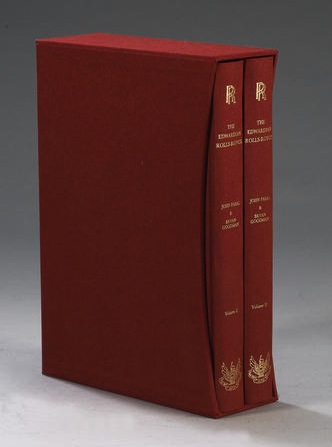


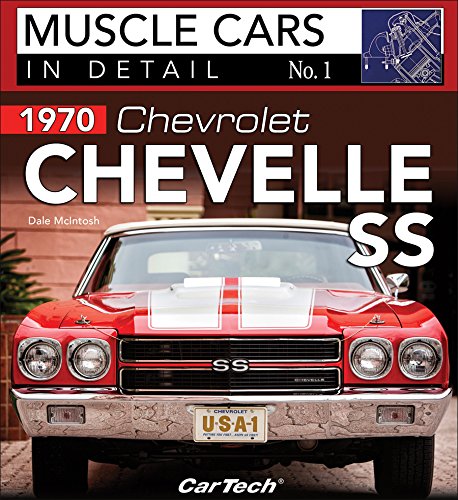
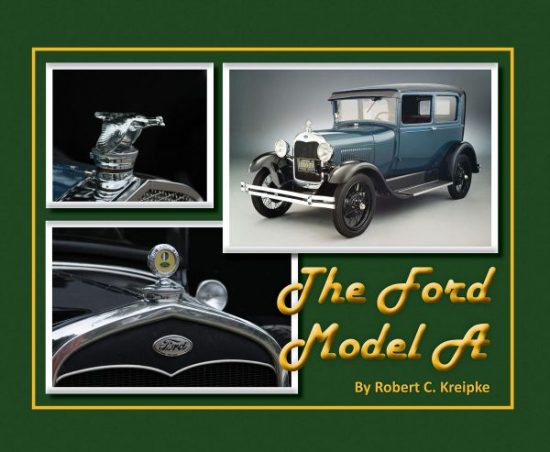
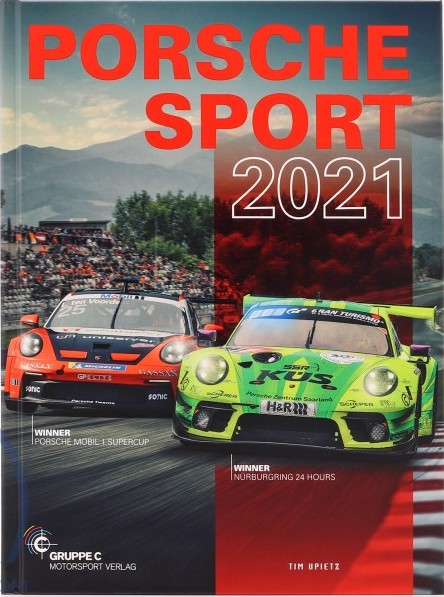
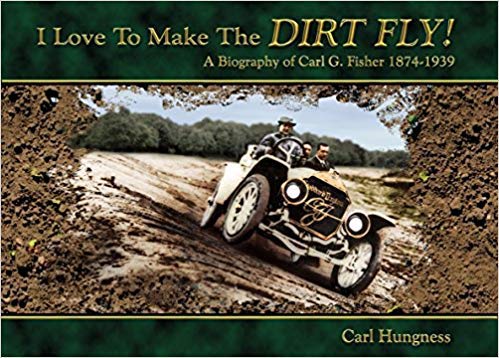

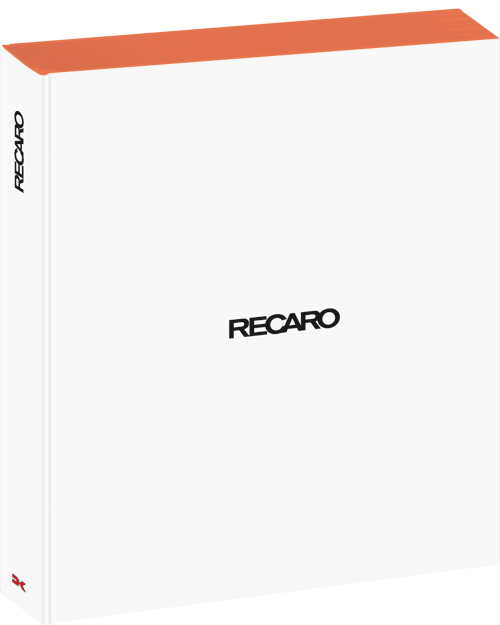
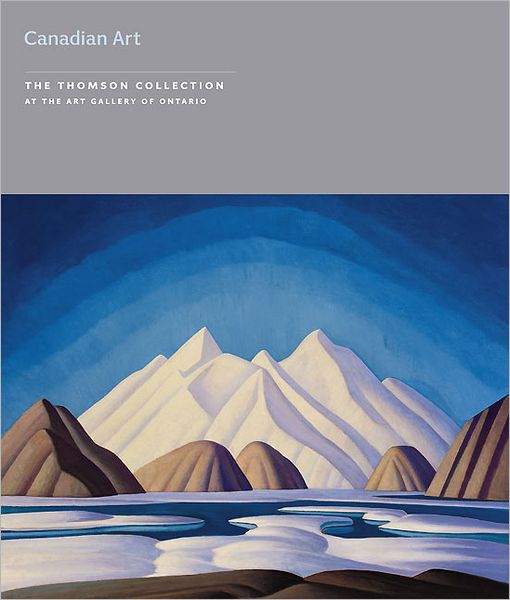

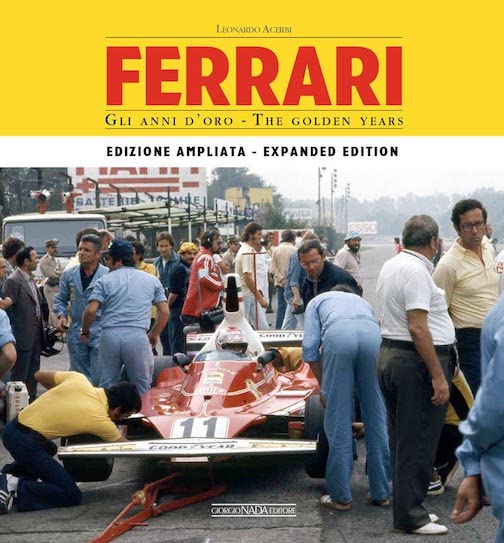
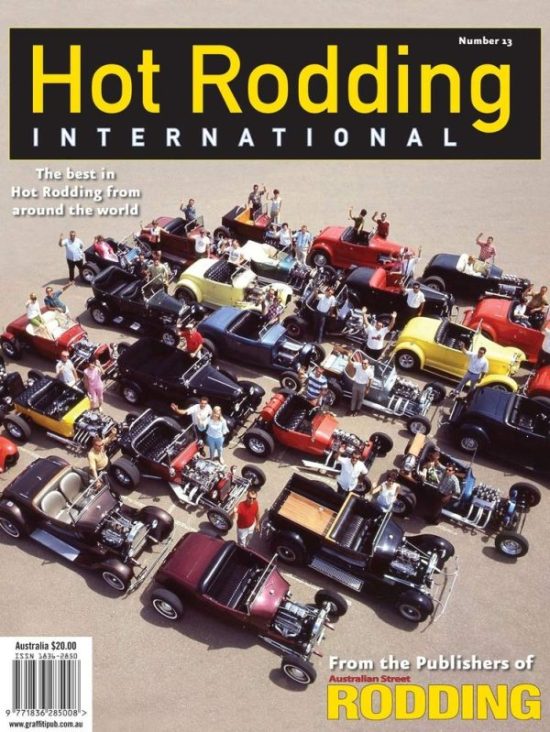
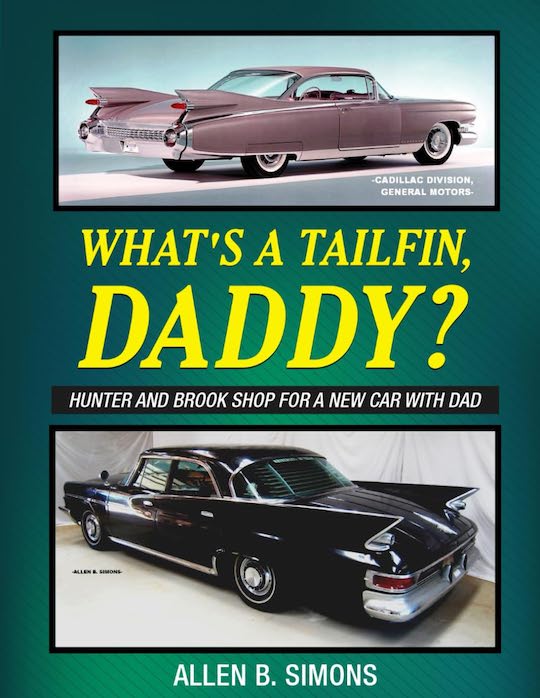
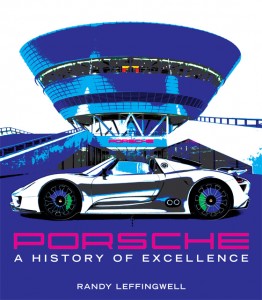

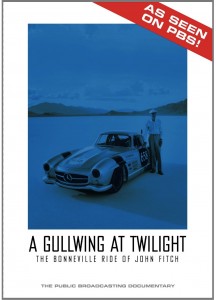

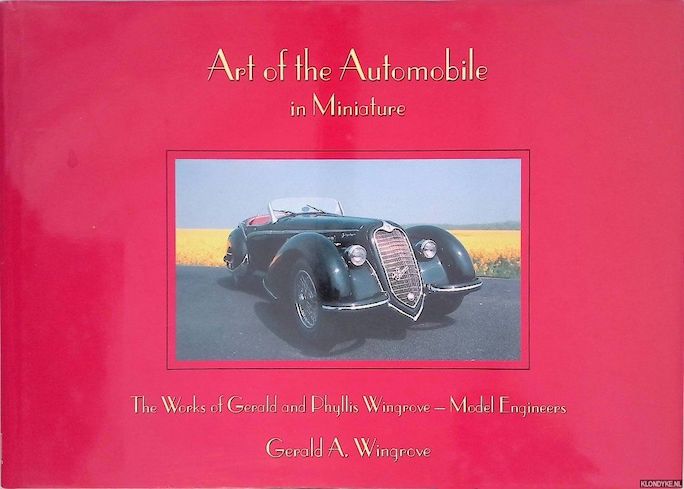
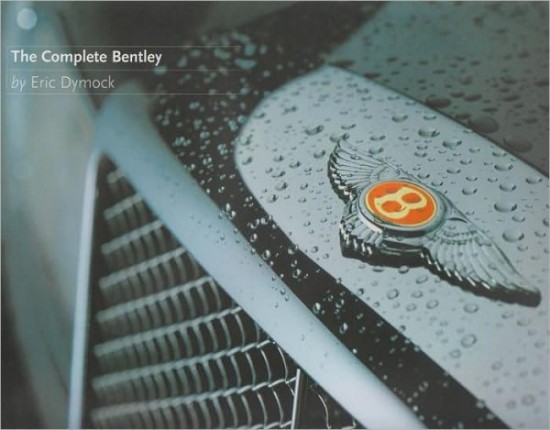

 Phone / Mail / Email
Phone / Mail / Email RSS Feed
RSS Feed Facebook
Facebook Twitter
Twitter
Thanks for this review. I’ve ordered a copy of the book from Amazon and should have it tomorrow.
Yes, more color would definitely make the story pop, but it is a perfect world when someone can print as much color as he or she desires, due to a small hurdle called cost. Look, for example, at Volume IV of ROBERT TAYLOR AIR COMBAT PAINTINGS (a book that owes much of its existence to Virginia Bader’s work in disseminating Taylor’s immense talent to the world), and you’ll see that color didn’t appear until page 34. It wasn’t a cheap book, anyway, and added color would have upped the price and lessened the sales, I’m guessing–though the book would have been even more spectacular with more color.
I see it all the time–comments by people who say things on message boards like, “The wreckage of B-24 Liberator ‘Lady Be Good’ should be restored, and LBG should be flown.” Oh, for someone else’s millions of dollars, not that its release to a proper restorer or museum or government is even possible. (And looking at that wreckage in Libya, it wouldn’t even be a “restoration”, but a recreation or rebuild–of a massive [for its time] four-engined bomber, a little more complicated than a one-engined fighter.) It’s a comment from someone who has no idea of the costs (and time) involved in such an endeavor, or if it could even become a reality (though money talks).
(I SHOULD have gone to medical school… My son SHOULD have gone to Stanford University, not Podunk U… I SHOULD have married so-and-so… I SHOULD have gone into the aviation art business with Virginia Bader. Should, should, should…it’s so easy to use this word.)
I’m guessing that the Virginia Bader book review’s commentary about color is not at all unlike the above scenario. It’s easy to criticize when someone else’s money is being spent and the financial picture isn’t known at all. Jill Amadio probably didn’t print the book just to honor the late, great Virginia Bader. I do understand Helen’s comments about color. Really! We’re all critics, and the term “critic” often has negative connotations because the words are sometimes snarky (not in Helen’s case). Often, though, the words are just reasonable opinions that have value when read.
I don’t quite agree with Helen, in this case, but I likely don’t share her exact points of view on…Donald Trump, Israel, Tom Cruise, bitcoins, etc. So be it! At least I have a review to refer to, so thanks.